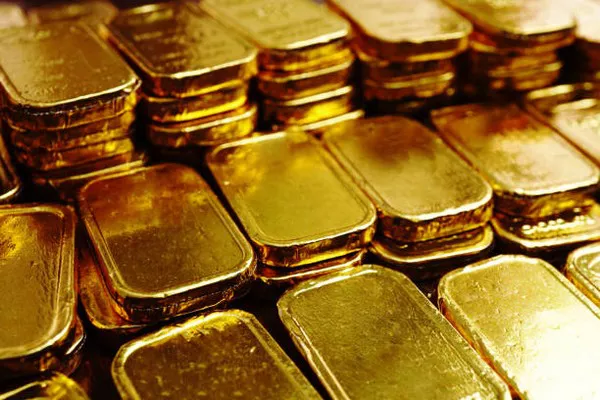In recent times, gold prices have been steadily climbing, drawing attention from investors and economists alike. This surge in gold prices is not merely a temporary blip but represents deeper market dynamics influenced by a confluence of global economic factors. To understand why gold is on the rise, it’s crucial to delve into the intricate web of market forces driving this trend.
1. Economic Uncertainty and Safe-Haven Demand
One of the primary drivers behind the rally in gold prices is heightened economic uncertainty. Gold has long been considered a safe-haven asset, sought after during times of geopolitical instability, economic downturns, or currency devaluation. In the wake of global events such as trade tensions, political instability, and the lingering effects of the COVID-19 pandemic, investors are turning to gold as a store of value and a hedge against market volatility.
Central banks and institutional investors are increasing their exposure to gold as a strategic asset allocation to diversify portfolios and mitigate risks associated with other asset classes. This surge in demand from institutional investors adds upward pressure on gold prices, signaling a flight to safety in uncertain times.
2. Monetary Policy and Interest Rates
The monetary policies pursued by major central banks significantly impact gold prices. In a low-interest-rate environment, the opportunity cost of holding non-interest-bearing assets like gold diminishes, making gold more attractive to investors seeking yield. The prolonged period of historically low-interest rates, combined with unprecedented quantitative easing measures, has eroded confidence in fiat currencies and propelled demand for hard assets like gold.
Moreover, inflationary concerns play a crucial role in driving gold prices higher. As central banks adopt accommodative monetary policies to stimulate economic recovery, fears of inflationary pressures intensify. Gold is perceived as a reliable hedge against inflation, preserving purchasing power over time, which further bolsters its appeal in an inflationary environment.
3. Supply Chain Disruptions and Production Costs
The supply dynamics of gold also contribute to its rising prices. Gold mining operations faced disruptions during the pandemic due to lockdowns, travel restrictions, and labor shortages, which constrained the global supply of newly mined gold. This supply-side constraint, coupled with rising production costs and diminishing ore grades in key mining regions, has put upward pressure on gold prices.
Additionally, geopolitical factors and regulatory challenges in major gold-producing countries impact supply chains and could potentially disrupt future production. These uncertainties surrounding the supply outlook contribute to market sentiment and influence gold price trends.
4. Currency Depreciation and Exchange Rates
Currency depreciation is a significant driver of gold prices. When the value of fiat currencies declines relative to gold, investors flock to the precious metal as a store of value. The weakening of the U.S. dollar, which serves as the primary benchmark for gold prices, often leads to higher gold prices in dollar terms. Moreover, fluctuations in exchange rates and trade tensions between major economies can impact currency valuations and, consequently, gold prices.
5. Technological and Industrial Demand
Apart from its traditional role as a monetary asset, gold is widely used in various industries, including electronics, dentistry, and aerospace. The increasing adoption of technologies such as electric vehicles and renewable energy systems requires significant amounts of gold for manufacturing components like semiconductors and connectors. This industrial demand acts as a supplementary driver of gold prices, bolstering its intrinsic value beyond its role as a financial asset.
6. Investor Sentiment and Market Speculation
Psychological factors and investor sentiment play a crucial role in determining short-term fluctuations in gold prices. The fear of missing out (FOMO) or speculative buying can amplify price movements, leading to periods of rapid appreciation followed by corrections. The interconnectedness of global financial markets and the prevalence of algorithmic trading algorithms can also contribute to heightened volatility in gold prices.
7. Long-Term Outlook
Looking ahead, the trajectory of gold prices will continue to be influenced by evolving macroeconomic conditions and geopolitical developments. While short-term fluctuations may occur, the fundamental drivers supporting higher gold prices are likely to persist. Investors should carefully monitor key indicators such as interest rate decisions, inflationary trends, and geopolitical events to gauge the future direction of gold prices and make informed investment decisions.
See also What Is The Percentage Of Gold In 18 Carat Gold
In conclusion, the surge in gold prices reflects a complex interplay of economic, geopolitical, and market-specific factors. As investors navigate an uncertain global landscape, gold remains a compelling asset for portfolio diversification and risk management. While the specific catalysts driving gold’s ascent may vary over time, the enduring appeal of gold as a safe-haven asset and inflation hedge underscores its enduring role in the global financial system.


